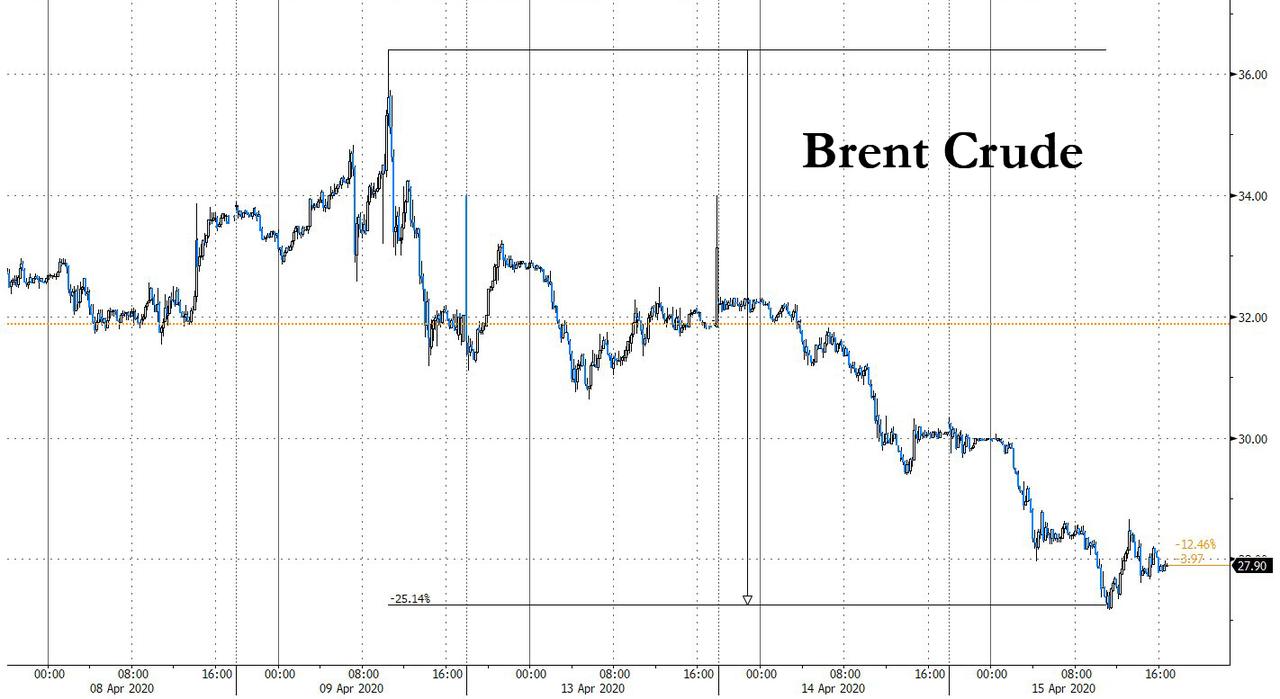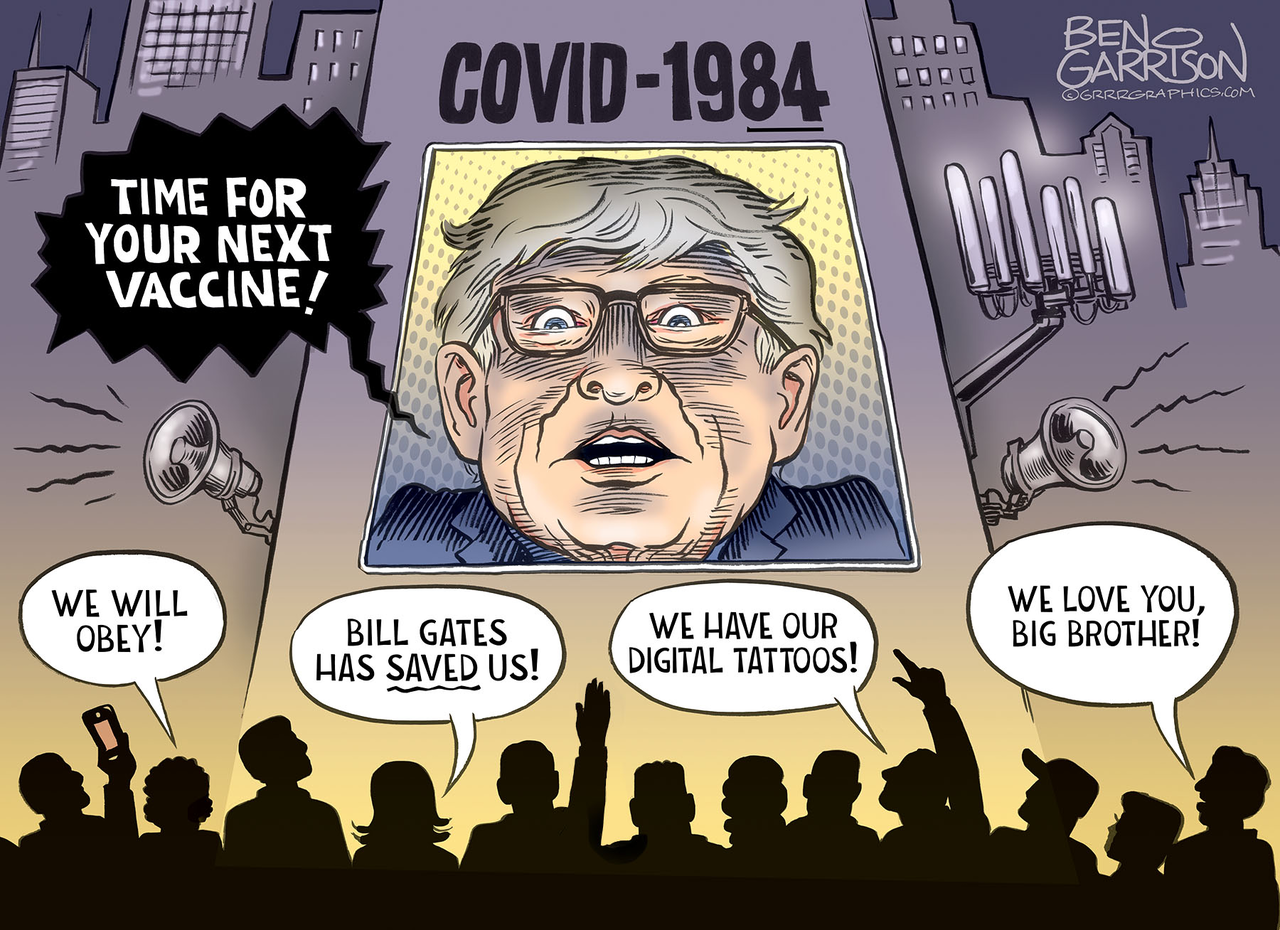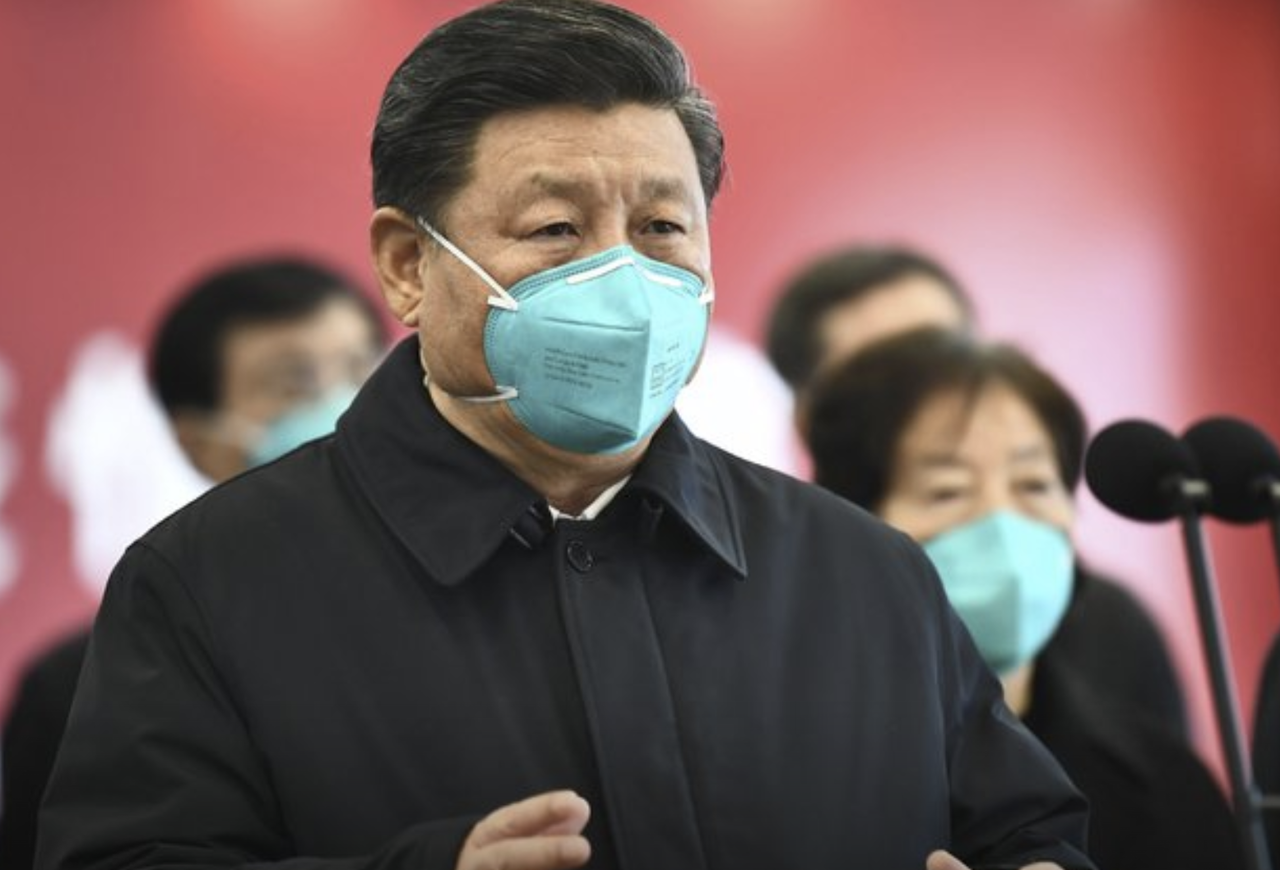Mexico Downgraded To Just One Notch Above Junk On Imminent “Severe Recession”
While Mexico scored a dramatic, if mostly symbolic, victory in its “Mexican standoff” with Saudi Arabia over the weekend, when the oil producer who famously hedges its output every year in preparation for the worst received an exemption from the uniform 23% production cut, its economy sadly remains in shambles as it enters a deep recession, the Mexican peso recently plunged to all time lows (and is headed in that direction again), the coronavirus epidemic is ravaging its population, its industrial base is frozen with its biggest client – the US – on indefinite hiatus, and generally things are going from bad to worse. None of that has escaped Fitch, which moments ago downgrade Mexico from BBB to BBB-, the lowest rating above junk (outlook stable) because as the rating agency writes, “the economic shock represented by the coronavirus pandemic will lead to a severe recession in Mexico in 2020.”
The Mexican peso tumbled in kneejerk reaction, with the USDMXN spiking as much as 0.8% on the downgrade that sets the stage for Mexico to be kicked out of all non-junk mandates.
The full report is below:
Fitch Downgrades Mexico to ‘BBB-‘; Outlook Stable
Fitch Ratings – New York – 15 Apr 2020: Fitch Ratings has downgraded Mexico’s Long-Term Foreign Currency Issuer Default Rating (IDR) to ‘BBB-‘ from ‘BBB’. The Rating Outlook is Stable.
KEY RATING DRIVERS
The economic shock represented by the coronavirus pandemic will lead to a severe recession in Mexico in 2020. A recovery starting in 2H20 will likely be held back by the same factors that have hampered recent economic performance, which has lagged rating and income level peers. These include a previously noted deterioration in the business climate in certain sectors – notwithstanding examples of cooperation with the private sector in areas such as developing infrastructure – and a perceived erosion of institutional strength in the regulatory framework. Even in the absence of a debt-financed fiscal response to the economic recession, general government debt/GDP is likely to jump by at least 6pp of GDP to almost 50%, the highest since the 1980s. Consolidating public finances once the crisis is over and returning debt/GDP to a sustainable path will prove challenging in Fitch’s view. At the same time, the credible monetary policy framework built around a flexible exchange rate and inflation targeting remains a rating strength and will help the economy absorb the external shock, while minimizing current account external imbalances.
In line with its April 2nd Global Economic Outlook update, Fitch expects the economy to contract by at least 4% in 2020, with a steep fall in 1H followed by the start of a sequential recovery in 2H, but given the nature of the crisis there is a higher than usual level of uncertainty around our forecasts, and the balance of risks is firmly to the downside. Underlining the depth of the shock, which has yet to be fully reflected in published economic data, Mexico lost 130,500 formal sector jobs in March, equivalent to more than one-third of jobs created in 2019, while automotive output contracted 24.6% yoy. Trade will be highly disrupted and will contract steeply in 2020, although net trade is likely to make a positive contribution as imports fall more heavily than exports.
The extent of the economic contraction and scope for recovery starting 2H20 will be dictated by prospects in the U.S., Mexico’s main trading partner, as well as the duration of the virus shock domestically. Mexico’s official projections are based on a domestic lockdown lasting until early May, but this may be extended, or relaxed more gradually. The absence to date of a sizeable fiscal response to support consumption, by comparison with other rating peers in the region, reflects a desire to minimize fiscal imbalances but may delay the recovery. A recovery to full year 2.1% growth in 2021 would imply real output levels remaining well below current GDP.
Moreover, the factors that held back investment prior to the crisis, which in Fitch’s view include relatively weak governance and ad hoc government policy interventions, are likely to persist. While the macro policy framework remains intact, microeconomic policy interventions in a range of sectors have damaged the investment climate. Real GDP contracted by 0.1% in 2019, driven by a 5% fall in gross fixed investment, with no discernible recovery in 1Q20 before the crisis hit, as investment declined further.
On the positive side, Fitch would expect trade to help the economy recover, based on Mexico’s openness and strategic place in the North American supply chain. The U.S.-Mexico-Canada Agreement (USMCA) is scheduled to come into force at mid-year, relieving uncertainty which had prevailed since late 2016. Outcomes from the coronavirus pandemic that lead to U.S. businesses reducing dependence on China, which was already an administration policy goal, could support investment prospects over the medium term. Additionally, the treaty itself represents a long-term commitment on the Mexican side to maintain a market-oriented economic stance and work constructively with foreign investors in a way that limits downside risks to policy orientation.
The outlook for the public finances is much less favorable than at the time of the last rating review in December 2019. Fitch expects the general government deficit to widen by around 2.5pp of GDP to 4.4% of GDP, higher than implied by the most recent budget review, with little scope for consolidation in 2021. Sensitivity of revenues to changes in the growth rate is comparatively limited given the low non-oil tax take but more serious damage to the tax base is possible if the current one month lockdown is prolonged or subsequently re-imposed.
In keeping with the spirit of fiscal rules that have sought to avoid increasing borrowing at the federal level, and which have kept general government debt/GDP relatively stable, the government plans to fund higher deficits in 2020 without extra borrowing, by tapping the FEIP (budget revenue stabilization fund), although this would deplete the fund to approximately 20% of its current value. A presidential decree also allowed the government to tap a range of other trust funds for financing, which hold up to 3% of GDP. Most federal government oil income is hedged at the budget assumption price of USD49/b for the Mexican mix, cushioning federal finances from the direct impact of lower oil prices. Oil income, which makes up around 10% of federal budget income, will likely remain under pressure in 2021, according to Fitch’s oil price assumption. Long-standing strengths of Mexico’s public finances, including deep and developed domestic capital markets, continue to support the ratings.
However, there are downside risks to our fiscal forecasts, as Mexico may increase spending by more than budgeted to counteract the effect of the coronavirus and public health measures on the economy, which in Fitch’s view is likely to contract by more than the 2.9% assumed in the government’s April budget revision. Leaving aside measures to bring forward spending, the direct fiscal policy response has been relatively limited compared with other countries in the region. In April, the finance ministry re-allocated spending and unveiled around 0.2% of GDP in lending by development banks and funding for guarantees. Congress has voted to set up a fund worth up to 0.7% of GDP to finance health spending.
The contingent liability represented by the debt of state oil company Pemex, which totals USD105 billion or 9% of GDP, remains a key risk factor, particularly in view of the sharp fall in oil prices and the widening discount of prices to global benchmarks, but the impact of Pemex’s worsening financial position on the sovereign credit profile was largely anticipated in our previous (June 2019) sovereign rating action on Mexico. While the company’s income will decline, it will continue to invest in new development capacity and in priority projects, increasing its financing needs. The government plans to bring forward a tax rate cut scheduled for 2021 that would lower the federal government tax take by around MXN65 billion or 0.25% of GDP. Pemex production was unchanged yoy in February after sustained declines, but Mexico recently agreed with the OPEC+ group to temporarily cut output by 100,000b/d from a baseline of 1.75mb/d, above current production. Extended over a year, this would represent a loss of federal government income equivalent to 0.2% of GDP compared with the assumptions in the 2020 budget.
The Banco de Mexico rapidly cut interest rates (and is likely to cut further through 2020) as well as injecting liquidity in both foreign and local currency into the banking system. The peso has depreciated sharply in line with other major EM currencies since the onset of the crisis. Deflationary impacts of the fall in oil prices and shock to demand are likely to counteract upward pressure on prices from exchange rate depreciation. Portfolio capital outflows have risen sharply, but the policy framework has absorbed a rise in demand for foreign currency. A swap line from the Federal Reserve enables the Banco de Mexico to offer three-month foreign currency loans to banks. Reserves remain intact and sizeable at USD185 billion, or more than twice Mexico’s gross external financing needs including short-term external debt. Mexico’s current account will remain close to balance. Mexico renewed access in November to the IMF Flexible Credit Line worth USD61 billion, which can be used for balance of payments support.
ESG – Governance: Mexico has an ESG Relevance Score (RS) of 5 for both Political Stability and Rights and for the Rule of Law, Institutional and Regulatory Quality and Control of Corruption, as is the case for all sovereigns. These scores reflect the high weight that the World Bank Governance Indicators (WBGI) have in our proprietary Sovereign Rating Model. Mexico has a medium WBGI ranking at 38th, reflecting a recent track record of peaceful political transitions, a moderate level of rights for participation in the political process, moderate institutional capacity, and established rule of law. Corruption is relatively high, as measured by the WBGI, and has been on an increasing trend, although the present administration has introduced measures focused on combating corruption.
Tyler Durden
Wed, 04/15/2020 – 17:41
via ZeroHedge News https://ift.tt/3aefSHj Tyler Durden


